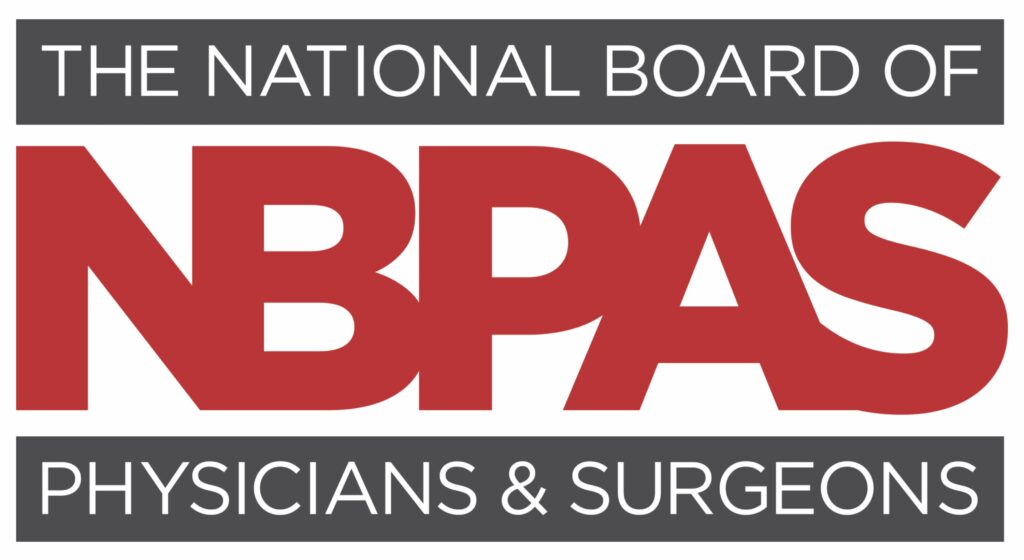Did you know that it is possible to be “normal” weight, but still be overfat? How is this possible? It all depends on a person’s body composition, or how much of your body is made up of fat vs. muscle.
Assess Fat Mass, Water Mass and Lean Body Mass
Body Mass Index (BMI) is typically used by healthcare professionals to assess your weight-related health risks. It is a simple calculation using your height and weight. The problem is, BMI does not take into account body composition, or how much of your body is fat vs. muscle. At Weightloss Clinics®, we use a state of the art scale to assess a person’s fat mass, water mass and lean body mass. Monitoring a person’s progress toward a healthier body composition is a key part of our program.
What is a Healthy Body Composition?
Trivia question: Which weighs more, a pound of muscle or a pound of fat? Answer: they weigh the same – it is a trick question. The truth is that, per pound, muscle takes up less volume than fat because it is denser. How much fat is healthy or normal depends primarily on your age and gender. At Weightloss Clinics, we offer a program that helps our patients achieve a healthy body fat percentage based on these factors. This chart is based on the World Health Organization (WHO) and National Institute of Health (NIH) recommendations for body fat percentage. Our scales at Weightloss Clinics also calculate a more precise recommended range of body fat based on the individual’s current composition, gender, and age.
Why is Having a Healthy Body Composition Important?
So what’s the big fat deal? Isn’t it enough that a person falls in the normal BMI range? No, it’s not. More than 60% of the U.S. population is considered overweight or obese. Even more alarming is that approximately 20% of overweight Americans may not realize they need to lose excess body fat because they “appear” to be of normal weight.
Obesity Associated with Serious Health Concerns
Having an unhealthy body composition often leads to obesity, which is associated with a number of serious health concerns, including:
• Heart Disease
• High Blood Pressure
• Metabolic Syndrome
• Back Pain
• Certain Types of Cancer
• Estrogen-Related Problems
• Excess Fatigue
• Sleep Apnea
• Stroke
• High Cholesterol
• Diabetes
• Respiratory Problems
• Kidney Disorders
• Gallbladder Disorders
• Osteoarthritis
• Urinary Incontinence
Original Source: 2002 Advanced Nutrition Publications, Inc. 688 11/02
How to Achieve a Healthy Body Composition
While there is no single cause of an unhealthy body composition, there are many ways to improve it. The most traditional approach is a reduced calorie intake combined with an exercise program that includes both cardio and resistance training. The biggest mistake people make is to drastically reduce their calorie intake without exercise or medical supervision. This will set one up for loss of muscle mass, which is counterproductive and almost always leads to weight regain (and then some…).
Achieve Fat Loss and Preserve Muscle
At Weightloss Clinics, our body composition program incorporates the nutritional support necessary to achieve fat loss and preserve muscle. Our registered dietitians and medical staff will guide you every step of the way – all the way to the maintenance phase where you’ll receive continued support and guidance.

